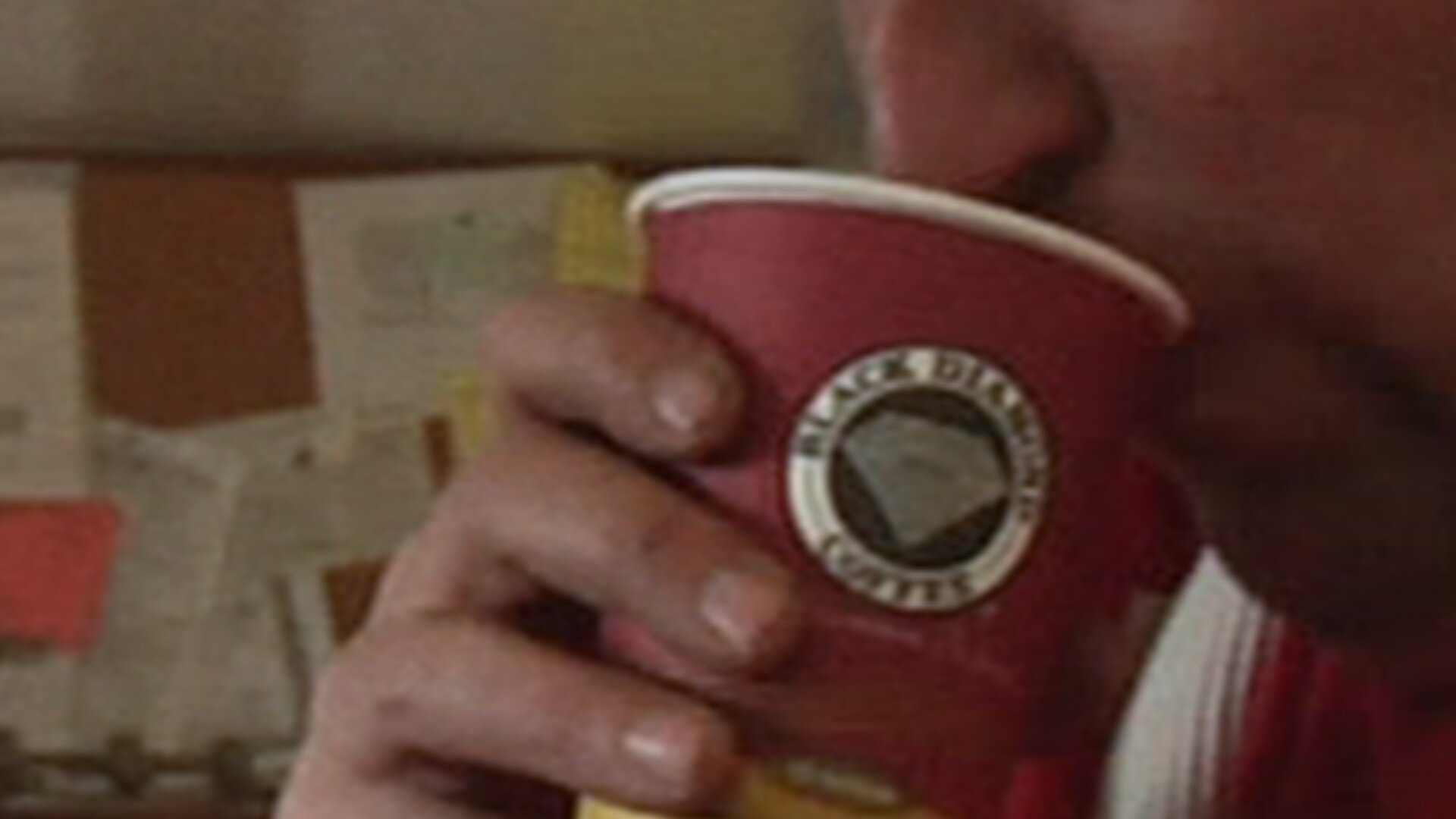Case Study: Shelter Island
Feature documentary upscale
Source Media: 1280x720p - Mpeg4
Target Deliverable: 2560x1440p - ProRes 422 HQ
Director Michael Canzoniero at MCM Creative in NYC called me and asked if it was possible to clean up and upscale a feature documentary called Shelter Island prior to an Amazon streaming distribution sale. Unfortunately, the original media was no longer available and the master had already gone through various unknown encodes.
The source media was a compressed file created over ten years ago (2010-2011) via an unknown method from an unknown source. The film was initially recorded in 1280x720 with the HVX200 in DVCPRO HD on P2 cards. Initial analysis indicated significant intermediate compression due to the presence of heavy discrete cosine transform artifacts. MCM’s request was to remove the compression artifacts, camera noise, and upscale to 1080p or greater. while ensuring that the color management was within modern standards. We also did a quality control pass in Davinci Resolve to ensure there were no colors or levels out of range.
We recommend setting the playback settings to 4k for the video below:
Resolving the finer details
Original source media 720p at 20x magnification
Deconvolved image 1440p at 20x magnification
Removing compression artifacts
Original source media 720p at 10x magnification
Deconvolved image 1440p at 10x magnification
Deconvolving finer structure
Good edge detection and deconvolution which doesn’t impart too much posterization or deconvolving hoops.
Original source media 720p at 10x magnification
Deconvolved image 1440p at 10x magnification
Original source media 720p - no magnification
Edge detection at 5x magnification
Deconvolved edge detection at 5x magnification
Original source media 720p at 10x magnification
Deconvolved image 1440p at 10x magnification
A closer look at resolving detail and compression noise reduction. The algorithm that I used for this project is particularly effective with geometrically uniform shapes like the car in the background. Although the algorithm renders a bit too much uniformity to the “smoothed” polygons, a slight blend or even randomized grain could help bring some life back into the image.
Original source media 720p at 20x magnification
Deconvolved image 1440p at 20x magnification
Original source media 720p at 10x magnification
Deconvolved image 1440p at 10x magnification
As you can see in the following image set, it is easier to resolve the text on the coffee cup in the deconvolved image. This is also another good example of how the denoising/deblocking process can impart a slightly smooth characteristic to the image. Although the noise in the initial image is not pleasing, there is a nice “life” to it that is missed. I ultimately chose to render a slight film grain over the top of the export in order to compensate.
Original source media 720p with no magnification
Original source media 720p at 10x magnification
Deconvolved image 1440p at 10x magnification
Edge detection with original source media 720p at 10x magnification
Edge detection with deconvolved media 1440p at 10x magnification




















